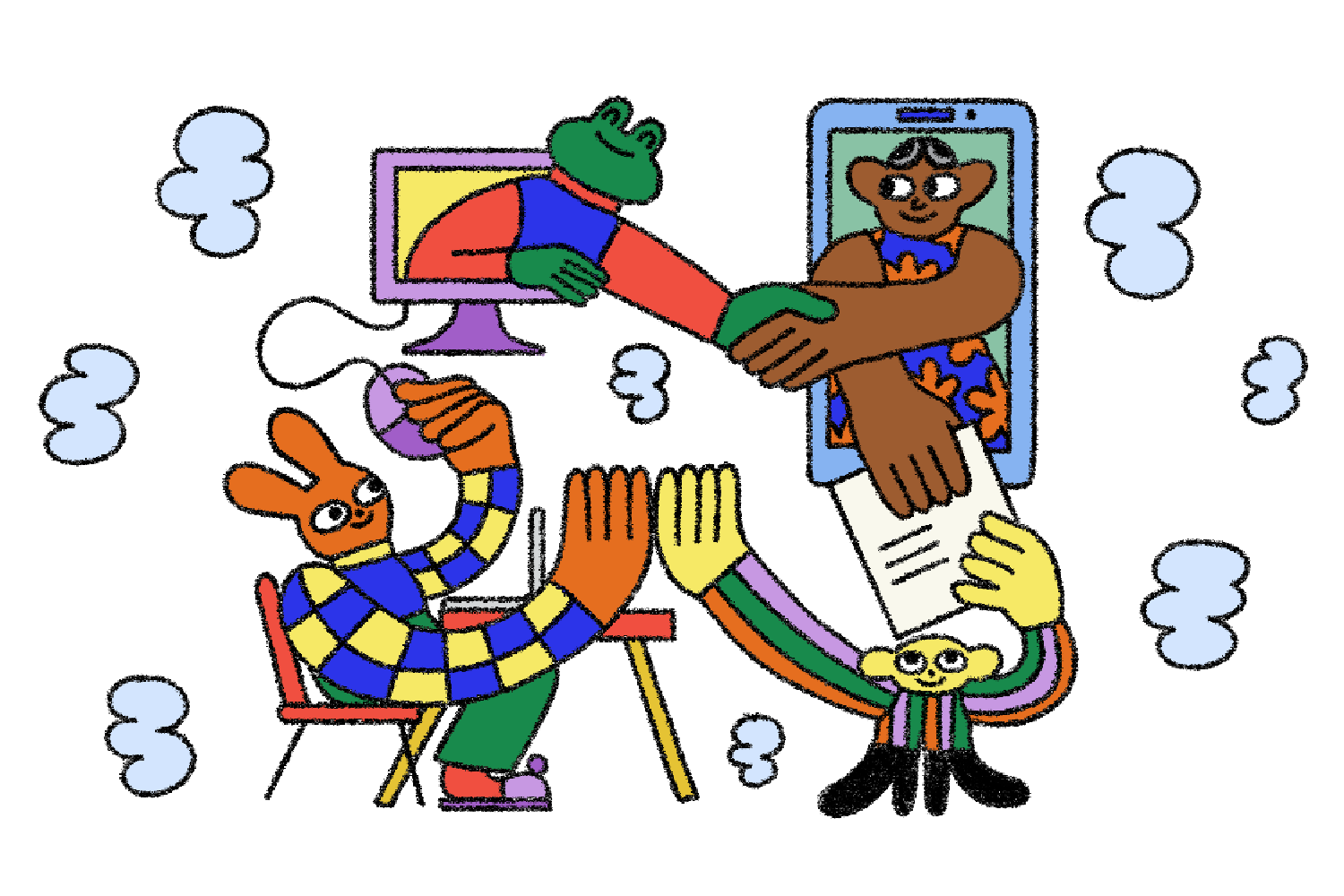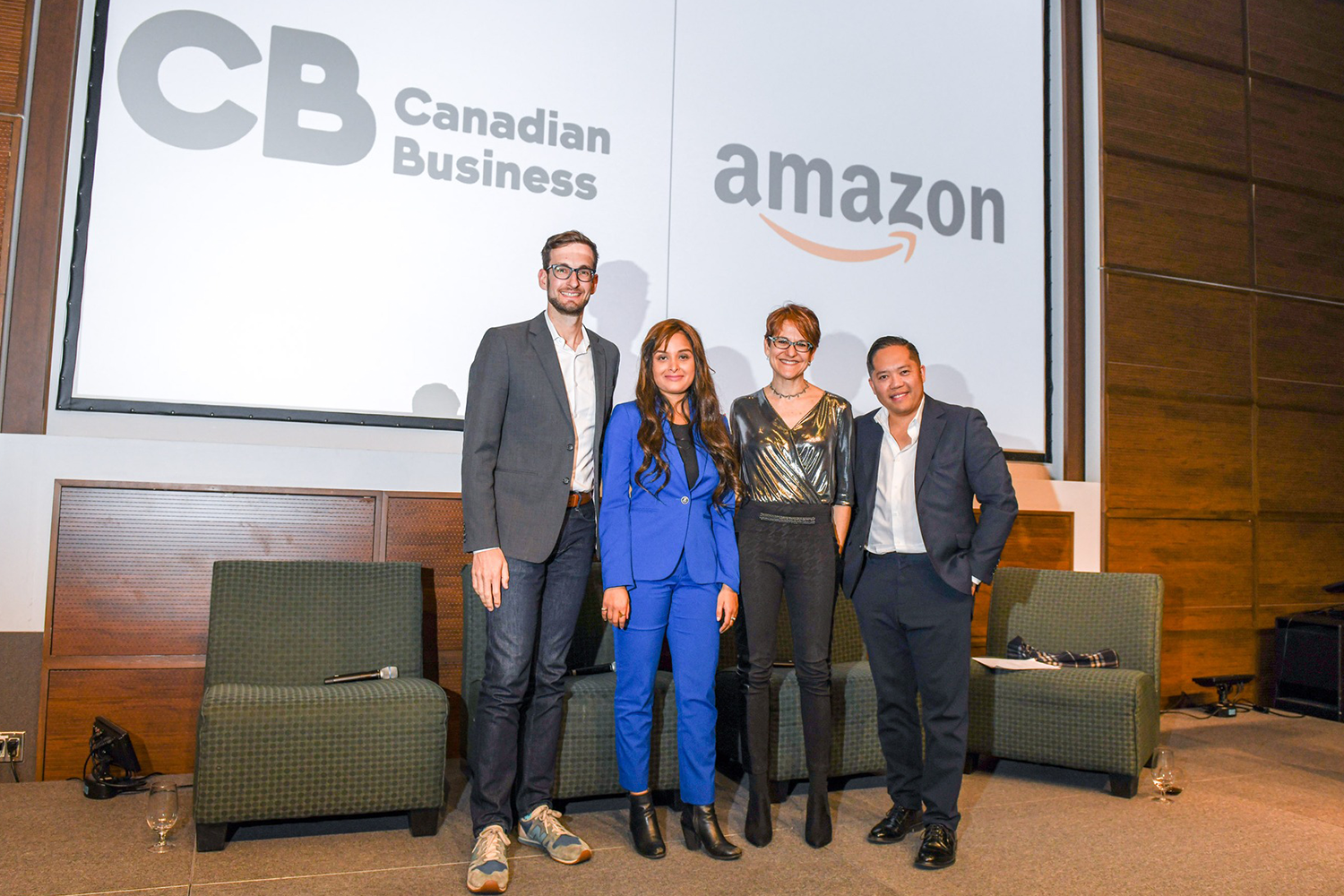How to Better Manage a Borderless Team

For businesses with workforces that span oceans and time zones, navigating logistical obstacles and maintaining team cohesion requires a special set of strategies. Xero—a company that makes accounting software and has more than 4,500 employees in 19 offices in eight countries—knows a thing or two about how to bring together a borderless team.
“The hardest part about managing people in different places is maintaining human connection,” says Tony Ward, president for Xero Americas. It’s particularly tough when it comes to large meetings where some participants are in-person and others are on Zoom. “It’s a second-class meeting experience for the remote team members,” says Ward. “They may have a hard time breaking into the conversation or feel like they don’t know what’s going on.” When people started trickling back to the office this spring, Xero implemented a new meeting policy. Now, everyone in the meeting—even those attending in-person— logs in on a laptop with headphones in. The goal is a more equitable experience.
A lack of physical proximity can also introduce a bias into everyday business practices. Workers tend to build relationships with people who are physically closer to them, which can unintentionally leave others out. Being aware of proximity bias is half the battle because it makes team members more likely to consciously combat it.

That’s why Xero’s inclusive leadership training covers strategies like checking in with people in different regions to make sure they’re up to date on projects, sending detailed notes to employees who couldn’t attend a meeting and offering everyone an opportunity to speak in video discussions.
Cross-border identity-based employee resource groups, or ERGs, can also mitigate proximity bias since they help employees connect on the basis of identity rather than geography. Fifty per cent of Xero’s North American staff are in one or more ERGs, which include groups for women, LGBTQ+ or Black employees. Staff in ERGs hold informal meet-ups to offer support and bond over shared experiences—for instance, an ERG for Pacific Islanders held a virtual celebration for Lunar New Year.
Navigating time zones is another challenge for borderless companies. “You have to be conscious of not asking people to give up their evenings or early mornings to be part of a meeting,” says Faye Pang, Xero’s Canadian country manager. Xero gives its employees a playbook on “time zone mastery.” One of its most important tenets: Not everything has to be a meeting. Employees are encouraged to use asynchronous communication whenever possible, like Google Docs, pre-recorded videos and scheduled Slack messages and emails. According to the leadership at Xero, the key to success is building flexibility and consideration into the corporate culture. That means encouraging people to use the tools that make life easier.
Xero also runs cross-border events like trivia nights to bridge the gap between workers in different countries. Building in informal social time is key to creating a strong sense of togetherness. One way to do this is a Slack feature called Donut, which randomly connects employees for a digital version of water-cooler chat. “You get to talk to people you normally wouldn’t,” says Ward. “People appreciate being asked how their day is going.”








![CB-800x800_0000s_0006_IMG_1010[2]](https://canadianbusiness.com/wp-content/uploads/2021/10/CB-800x800_0000s_0006_IMG_10102.jpg)

